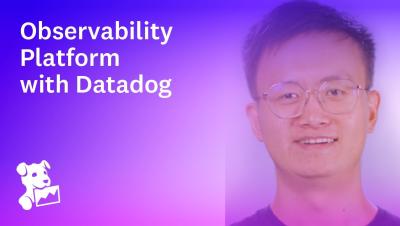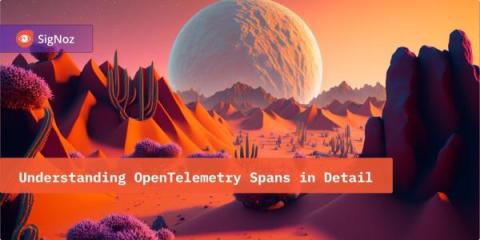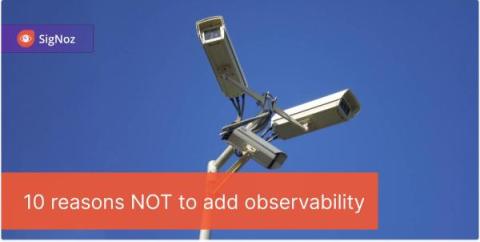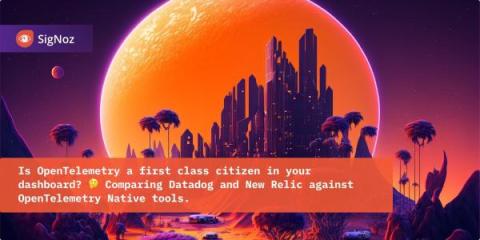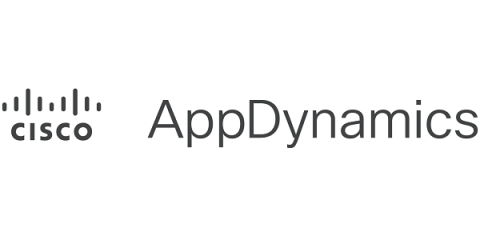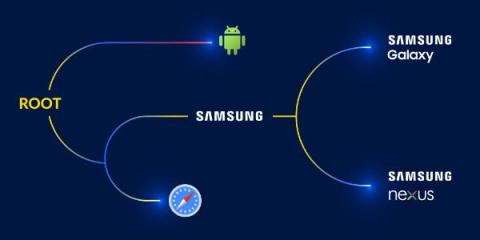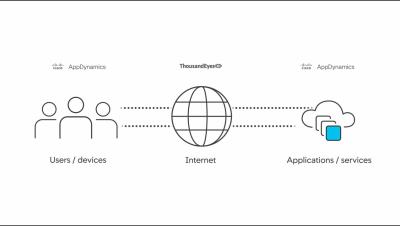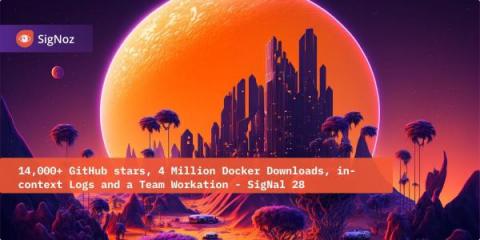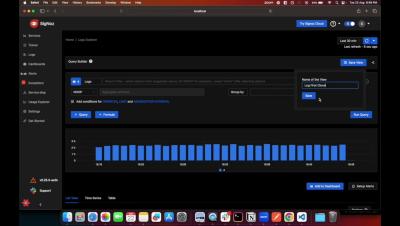Operations | Monitoring | ITSM | DevOps | Cloud
September 2023
Why Statsig Chose Datadog's Platform to Monitor Their Product
APM Today: Application Performance Monitoring Explained
Datadog Cloud Cost Management: Actionable Cost Data
Understanding Mobile User Journeys
OpenTelemetry Webinars: Logging in OpenTelemetry
What is Shadow IT? Will AI make this more challenging?
Shadow IT is a term used to describe IT systems, applications, or services that are used within an organization without the explicit approval, knowledge, or oversight of the IT department or the organization’s management. It typically arises when employees or departments adopt and use software, hardware, or cloud services for their specific needs without going through the official IT procurement or security processes.
OpenTelemetry Webinar: What is the OpenTelemetry API
Can you have a career in Node without knowing Observability?
Adding a CDN to a load balancer (for a much faster website)
Why You Need An Application Performance Monitoring Tool
As organisations strive to deliver seamless user experiences, maximise operational efficiency, and maintain a competitive edge, the need for comprehensive Application Performance Monitoring (APM) tools becomes increasingly evident. APM tools offer invaluable insights into the performance and behaviour of applications in real-time. They go further than the conventional monitoring approach by providing a holistic view of the entire stack, encompassing servers, databases and user interactions.
Understanding OpenTelemetry Spans in Detail
Ten reasons not to add observability
Best Practises For Application Performance Monitoring
Application performance monitoring (APM) tools have become a fundamental part of many organisations that wish to track and observe the optimal functioning of their web-based applications. These tools serve to greatly simplify the process through automation and allow teams to effectively collaborate to maximize efficiency, enabling you to reach the root cause of an issue before it reaches your customers.
Using data collectors to compare a new feature
The hidden impact of cache locality on application performance
Embedding DX Dashboards in APM and DX Operational Intelligence
As connected as the world is today, it can feel quite disconnected, especially in IT. Individual teams use various tools, each with specialized interfaces and dedicated dashboards, to present or interpret data each the specific functional team needs.
Top 11 Loki alternatives in 2023
Comparing Datadog and New Relic's support for OpenTelemetry data
Identifying memory leaks with automatic leak detection
Improve request latency for Go applications with Datadog APM & Continuous Profiler
OpenTelemetry Webinar: What *is* the OpenTelemetry API?
Cisco Secure Application Delivers Business Risk Observability for Cloud Native Applications
Using a possibility tree for fast string parsing
Troubleshooting Spring Boot Microservices - A Real World Case Study
Today, I’ll cover Shift Left Monitoring: A Pathway to Optimized Cloud Applications and how left-shifted troubleshooting of Spring Boot code issues using observability tooling can avoid production issues, unnecessary costs and improve product quality. Shift-left is an approach to software development and operations that emphasizes testing, monitoring, and automation earlier in the software development lifecycle.
Bi-directional Integration of Cisco AppDynamics and Cisco ThousandEyes
Sending and Filtering Python Logs with OpenTelemetry
14,000+ GitHub stars, 4 Million Docker Downloads, in-context Logs and a Team Workation - SigNal 28
Should I Trust a SaaS Vendor or Product?
Before adopting any new SaaS (Software-as-a-Service) business tools, the IT department of an organization should evaluate whether it is wise to trust the SaaS product and indeed vendor.
Save View in Explorer Pages
Part one: 7 must-know object-oriented software patterns (and their pitfalls)
Object-oriented (not orientated!) design is a fundamental principle of modern software engineering, a crucial concept that every developer needs to understand and employ effectively. Software design patterns like object-oriented design serve as universal solutions to common problems, across a range of instances and domains. As software engineers advance in their careers, they actually often start using these patterns instinctively, even without knowing it.



